A quick and dirty guide to creating pixel art
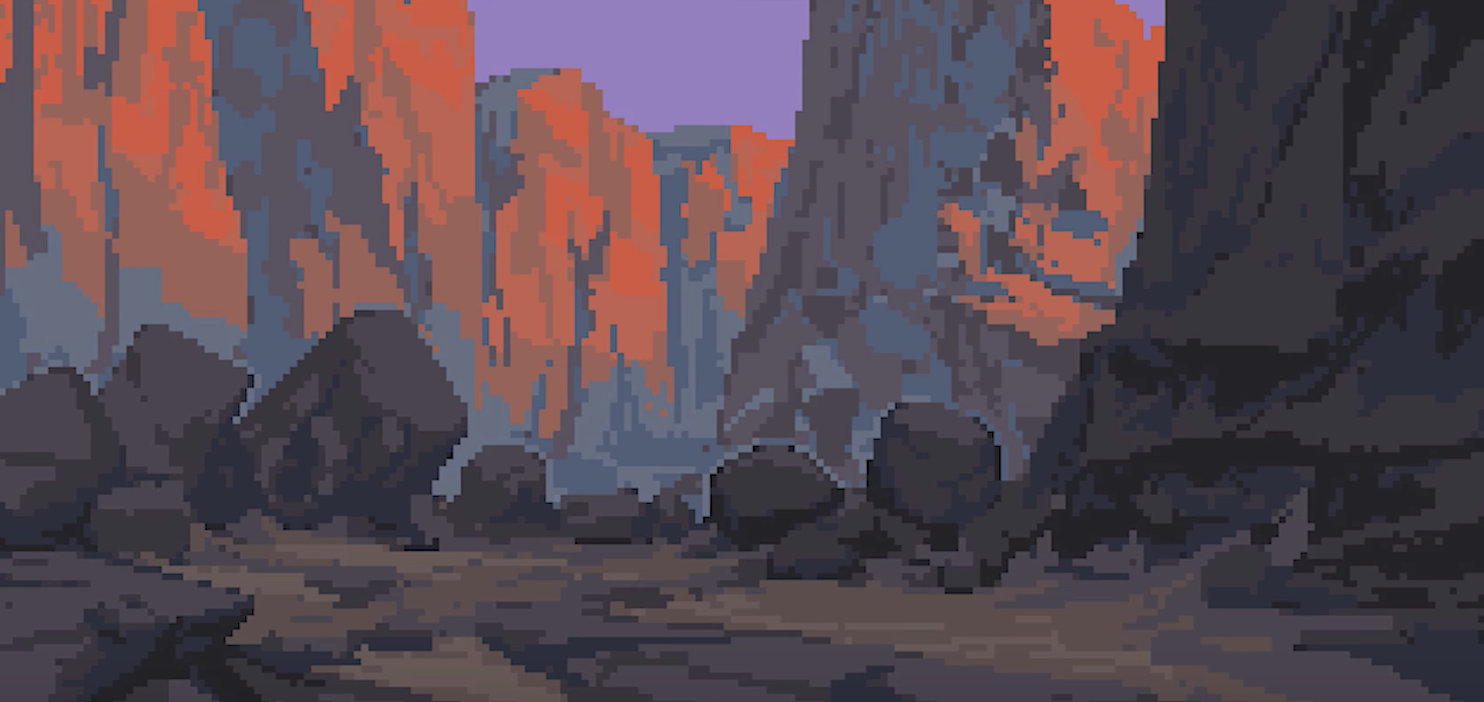
I’m an engineer, not an artist. But recently I jumped head first into the world of pixel art specifically for creating assets from scratch for small game projects. And trust me, if I can do it, then you can too, which is why I decided to write this.
Ages ago, I programmed video games professionally. Specifically, I worked on Xbox and Playstation games like Indiana Jones, Star Wars Episode 3, and Afro Samurai, all of which required a full staff of very talented artists, animators and designers. Today, I’m more interested in smaller games that I can build myself, just one guy in a room.
Back in the day, pixel art was necessary because computers had limited memory and storage capacity, requiring artists to constrain themselves in terms of size and color depth of their assets.
Today, these limits are a thing of the past, but the medium as an art form is stronger than ever. The pixel art canvas creates a beautiful constraint for artists to work within.
With that, this has been my path so far,
Download Asesprite
If you’re just starting, I highly recommend Aesprite. It’s intuitive, cute, and the entire app is in pixel art! It works on all platforms. The trial is free (though you can’t save 😞), but it’s well worth the $15 for the full version.
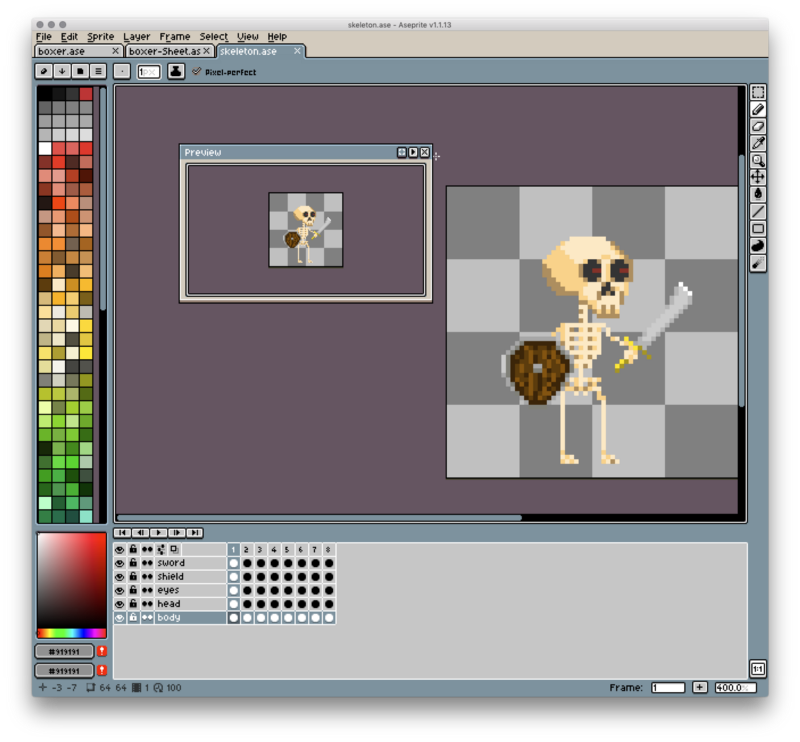
Once you’ve downloaded it, watch the tutorials, it doesn’t take long. I found JebbyGD’s to be the most useful. This will land you right in the deep end and force you to start treading water.
Start small
Small pixel art (32x32) is an art form in and of itself. But I also found it much easier to work with rather than larger pixel art, which usually requires a higher level of detail and therefore a heap of artistic talent.
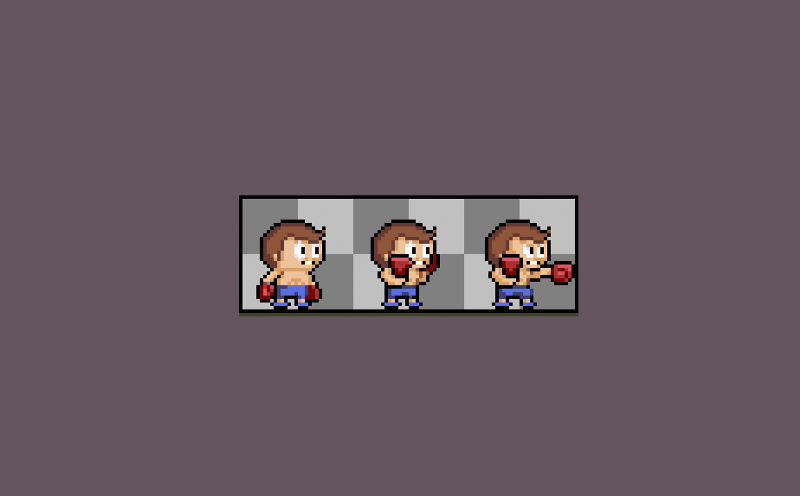
I found both MortMort and achebit’s tutorials to be extremely useful. In his 16-part tutorial, Achebit walks through everything from basic form to real animations. MortMort has a collection of useful tips, especially this one on limits and constraints.
Explore different styles
As you go deeper, you’ll discover a world of styles. You should try your hand at mimicking them, so you get to learn what you like and don’t like, which will help you to develop your own personal style.
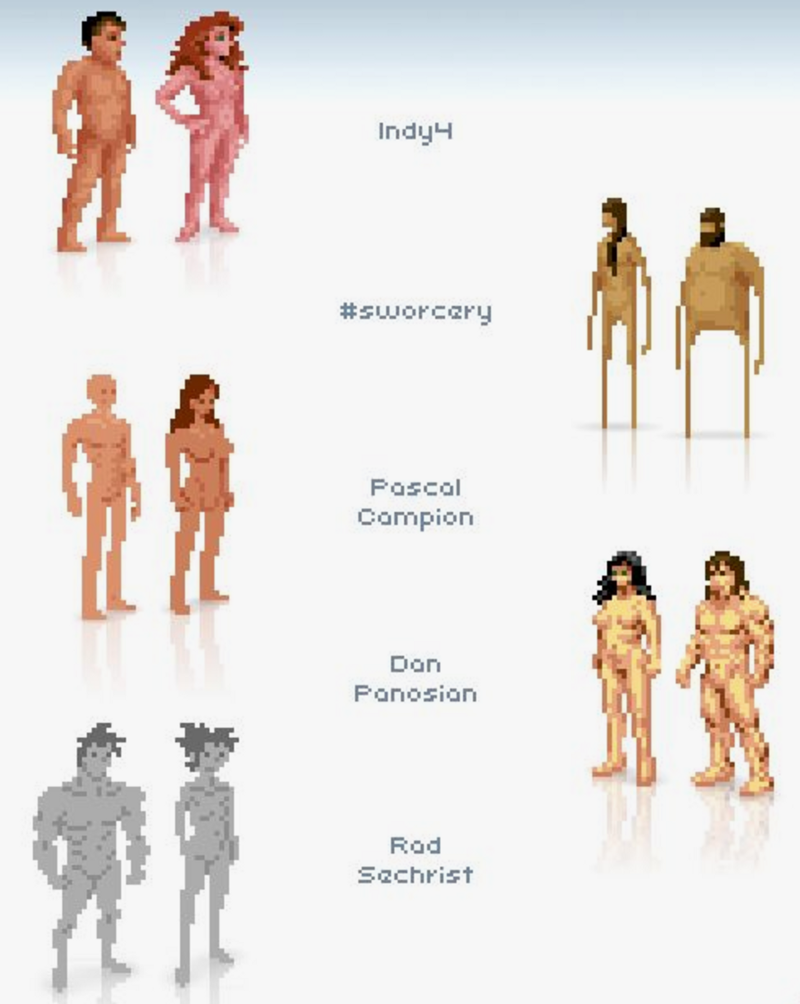
Pinterest and Twitter are invaluable resources. For example, follow @Pixel_Dailies to receive a daily pixel challenge (#Pixel_Dailies). This will push you to experiment, and even get recognition and feedback. I also like #pixelart and #gameart.
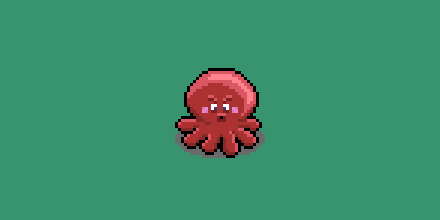
Also, there are many dedicated sites, like Pixel Joint, that run challenges for you to participate in. I highly recommend.
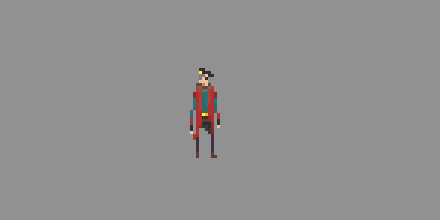
Essentially, look for ways and outlets to challenge yourself. Pixel art is an extremely time-consuming endeavor, but if you enjoy the process, then it’s well worth the commitment.
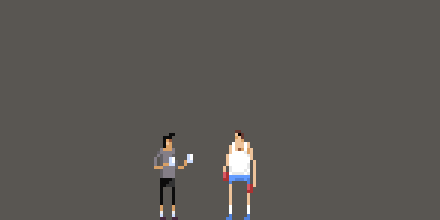
Follow me on Twitter @davidbyttow
